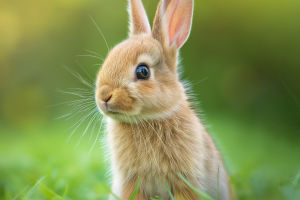Among the many seabirds, the pelican stands out for its unique appearance and interesting behavior.
They are widely distributed around the world, especially in tropical and subtropical regions.
The pelican’s appearance is quite striking, with its long bill and large throat pouch making it a distinctive bird.
The feathers of pelicans are usually white, but some species, like the brown pelican, display brown and gray spots, making them more camouflaged along coastlines and salt marshes.
Pelicans are typical water birds, inhabiting areas near coastlines, lakes, and estuaries. They primarily feed on small fish and crustaceans, employing a unique fishing technique. Pelicans often hunt in groups, using their large bills and throat pouches to catch swimming fish.
When they spot prey, they quickly dive into the water, using their bills to scoop up water and fish together, draining the water out before swallowing the catch. This feeding method not only showcases their adaptability but also reflects the pelican's significant role in the ecosystem.
In addition to their feeding behavior, the social interactions of pelicans are equally fascinating. They frequently engage in group activities, exhibiting various interactions. Pelicans communicate through calls, postures, and body language.
During the breeding season, they establish nests in suitable locations, often choosing trees, rocks, or sandy beaches. Female pelicans typically lay several eggs in the nest, usually four to five. Both parents share the responsibility of caring for the young until they can fend for themselves.
Pelicans also hold important symbolic meanings in many cultures. In some places, pelicans are seen as symbols of good fortune, representing abundance and prosperity.
Their graceful flying postures and unique hunting methods often attract birdwatchers and photography enthusiasts. Many communities organize birdwatching events specifically to appreciate these beautiful birds soaring through the sky.
However, with the increase in human activity, the habitats of pelicans face severe threats. Coastal development, pollution, and climate change all negatively impact their survival. Many habitats have been urbanized, depriving pelicans of breeding and foraging grounds.
Protecting pelicans and their habitats has become a crucial part of conservation efforts. By enhancing habitat protection and restoration and raising public awareness about environmental conservation, we can preserve these awe-inspiring creatures for future generations.
Pelicans are not only a remarkable and beautiful species, but their survival is also closely linked to the ecosystem. Protecting their living environments helps maintain ecological balance and provides better natural resources for future generations.
Whether along the coastline or winding rivers, the sight of pelicans always offers people a sense of tranquility and beauty. As part of nature, pelicans remind us to cherish and protect this precious ecological wealth.


